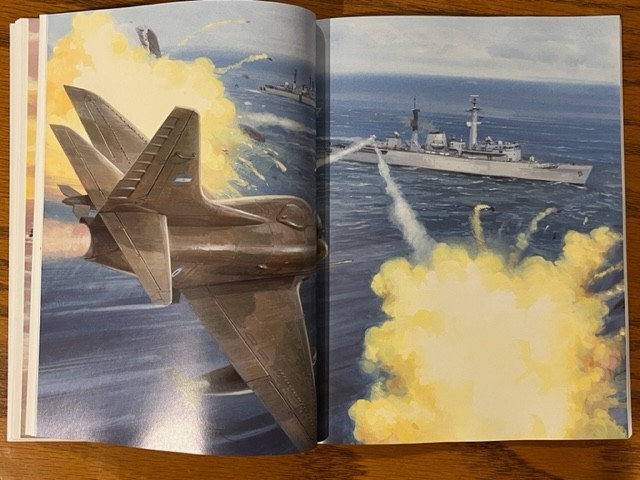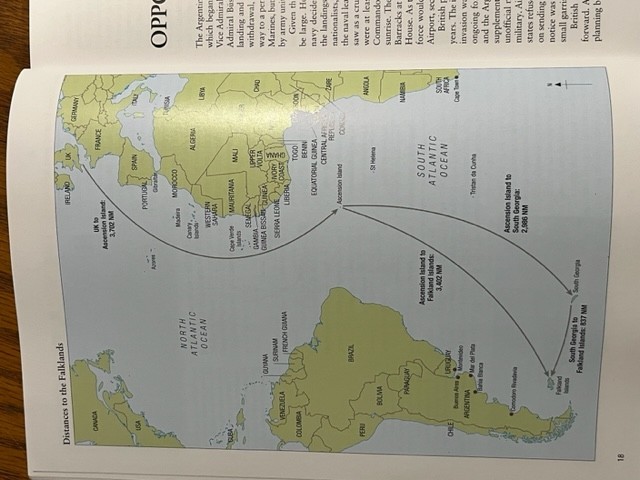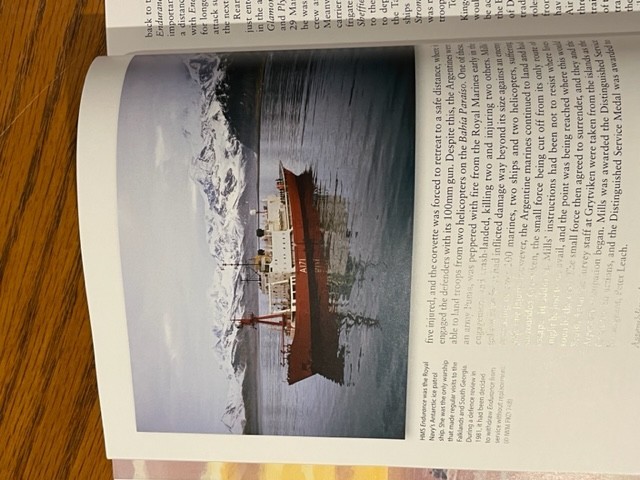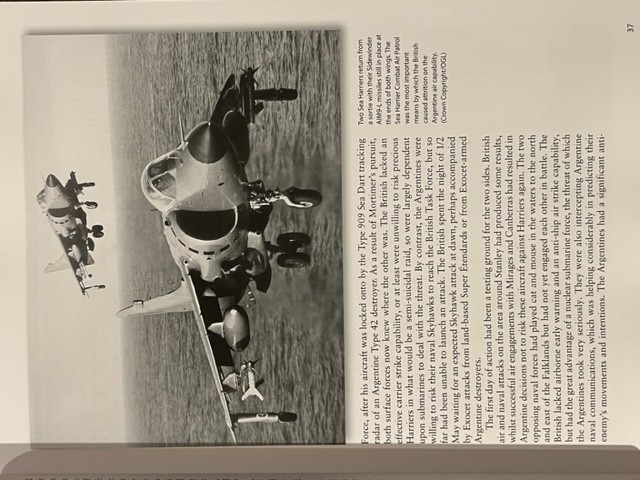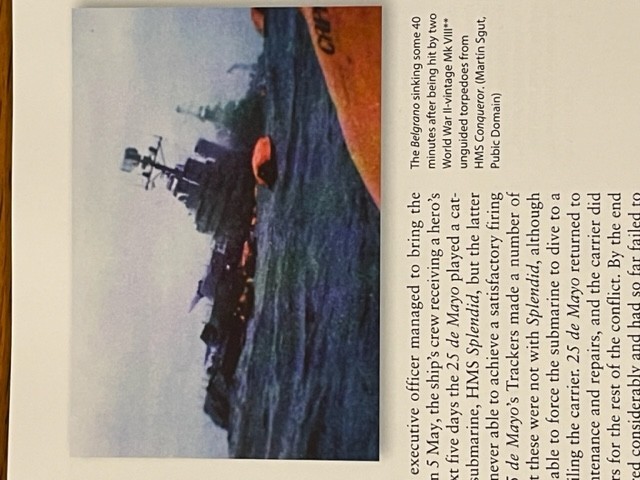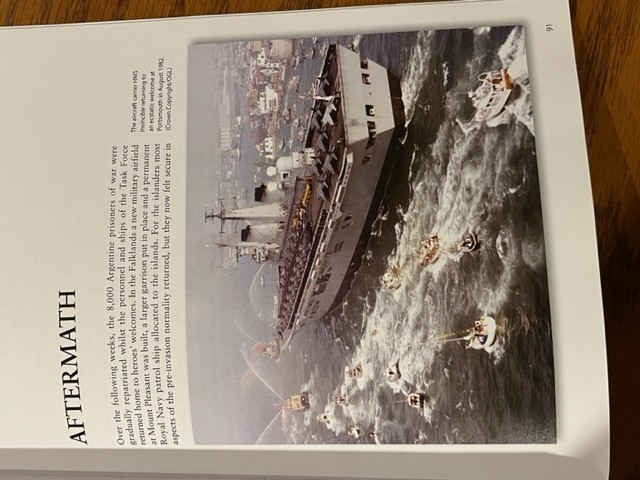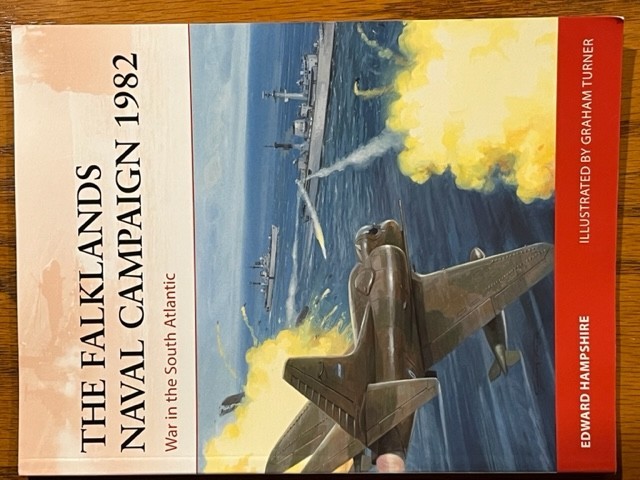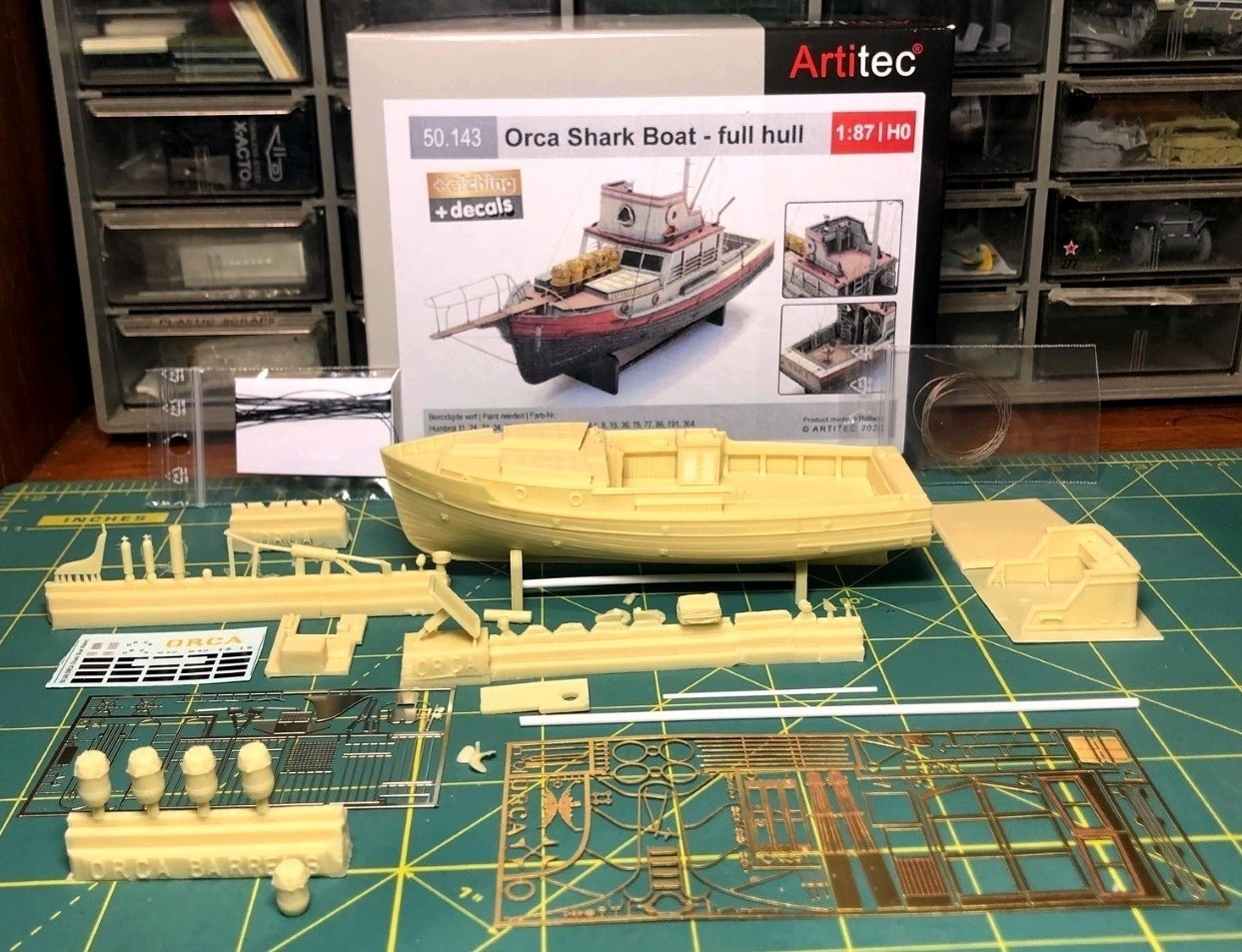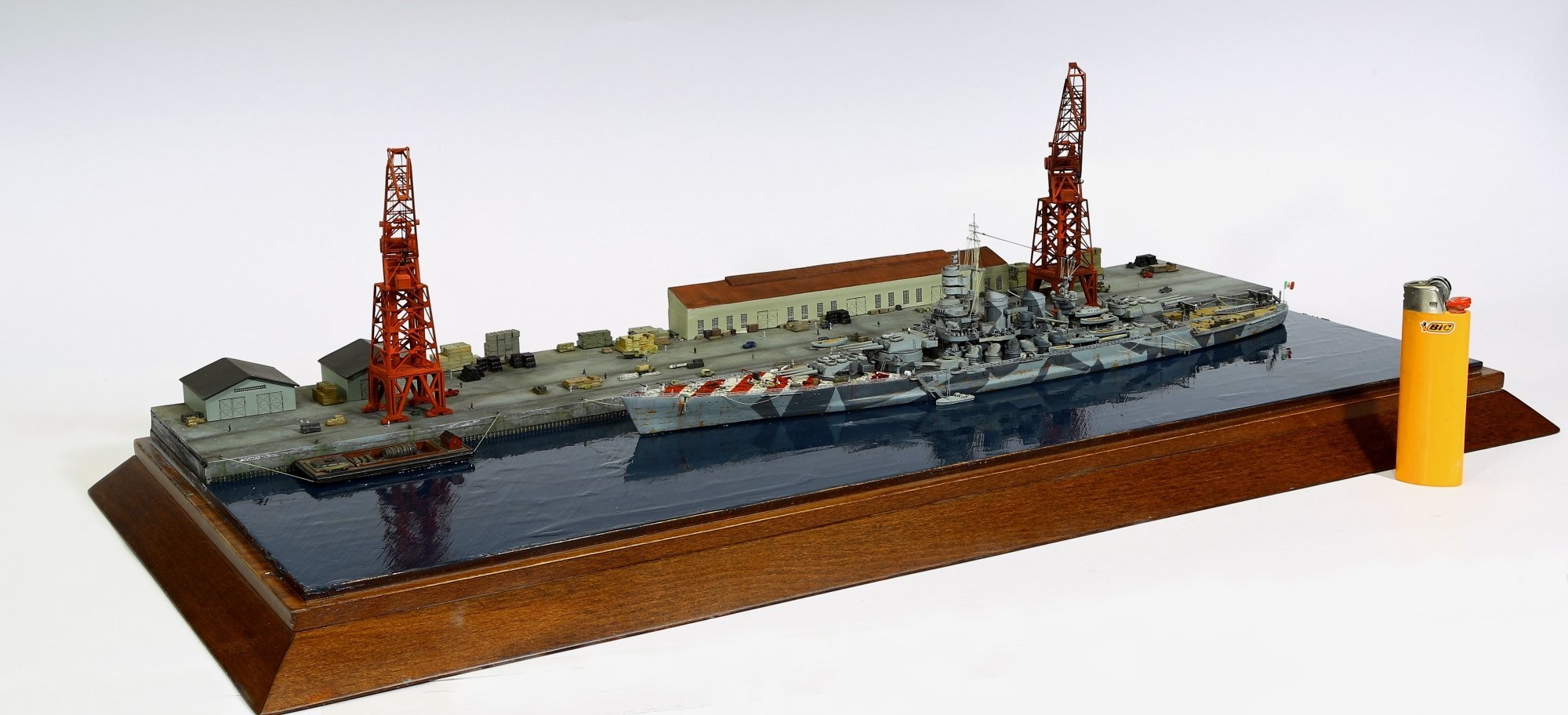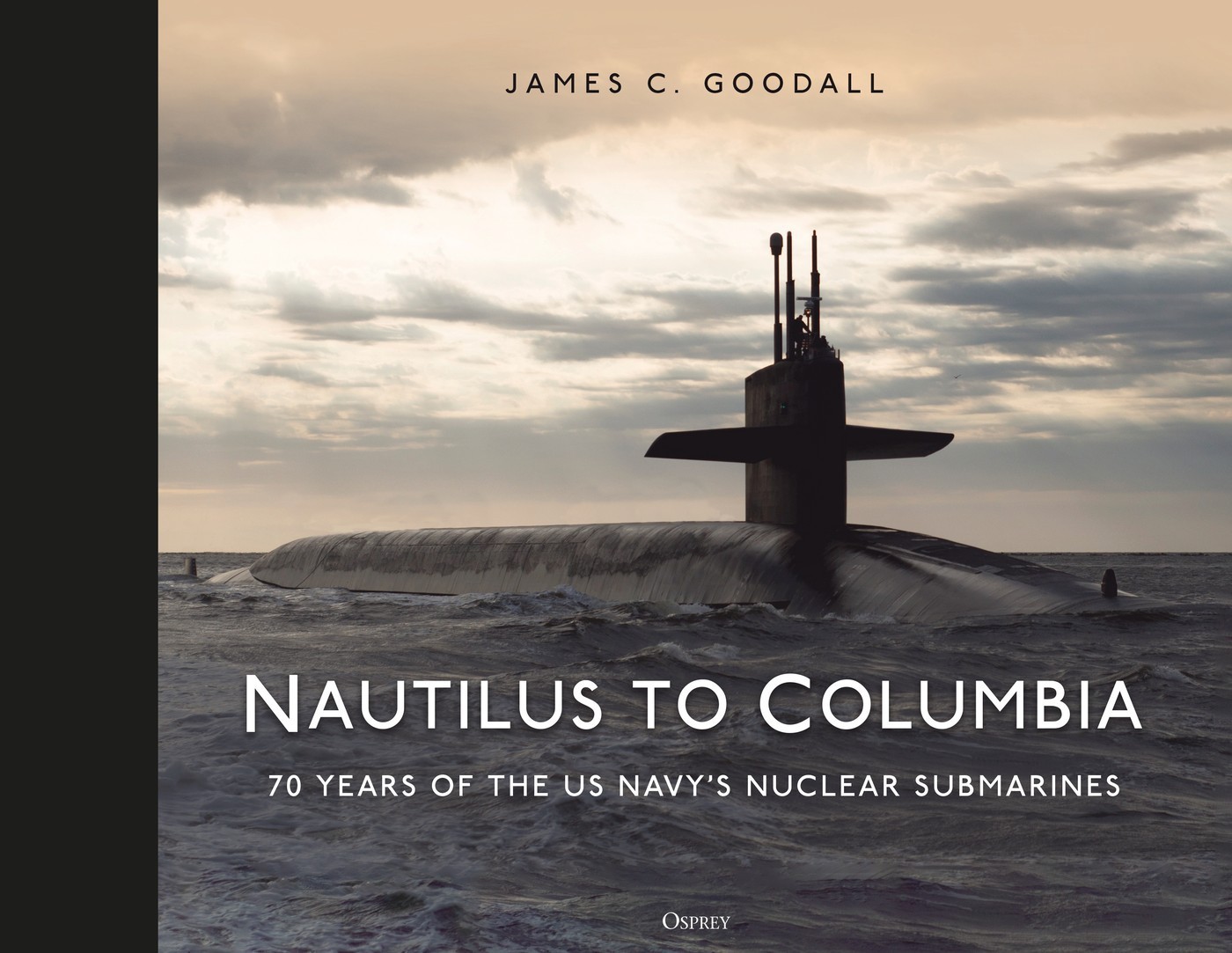The Falklands Conflict was remarkable for many reasons: it was a hard fought, bloody and short conflict between a leading NATO power and one of the most capable armed forces in South America; it demonstrated the capabilities of a range of cutting-edge technologies including nuclear-powered attack submarines, Exocet missiles and Sea Harrier VSTOL aircraft; and it was fought many thousands of miles away from the Royal Navy's home bases.
Table of Contents
Origins of the Campaign
Chronology
Opposing Commanders
Opposing Forces
Opposing Plans
The Campaign
Aftermath
The Battlefield Today
Bibliography
Index
Review
This is book 361 in Osprey's Campaign series, and comes in at 96 pages, all inclusive; there are maps, loads of photographs, two page colour plates, and lots of content. To say it is a blow by blow account, or "a comprehensive examination" is a bit of a stretch at 96 pages, when there have been books written about specific aspects of the naval campaign. It is written by Dr Edward Hampshire, and illustrated by Graham Turner. The quality of the writing comes across early, and makes for an easy read. This book is all content, there is no padding here.
I particularly liked how the author dealt with the belligerent party that picked a fight based on little more than imagination, and lost that fight to an over-extended, but determined opposition, fighting at the end of a very long logistical trail, in a respectful manner, which is import when you win a fight that people died in.
The origins of the campaign look back to the fifteenth century, yes, that's when this all kicked off, and very succinctly summarizes what happened over the intervening time to arrive at Argentine forces invading in 1982. The politics are covered off on the Argentinian side and the British response is well known. The book concludes with a comment recognizing that the successful campaign by the British was instrumental in Margaret Thatcher being re-elected as Prime Minister.
'Opposing commanders' introduces the commanders on both sides in an almost list format, over a page of text with some supporting images. Similarly, 'Opposing forces' is covered off over two pages for each side. Again, this is described in an impartial manner, with the author recognizing good and bad points for both sides, not playing down either. 'Opposing plans' is summarised over two pages in total.
'The campaign' is where this book finds its worth, with a well written, fast paced account of the naval campaign, with some analysis of its contribution to the overall war effort and outcome. Again, this is written in a dispassionate manner, free of emotion or bias.
Whilst written at the near strategic level, there is still sufficient detail to get an idea of the human side of the conflict. For example, where is a ship is first mentioned, the captain is named: HMS Conqueror and Commander Christopher Wreford-Brown; likewise, where known, pilots are named, too: Skyhawk pilot 1st Lieutenant Gavazzi; this is true for both sides, the book is that well balanced. And the majority of those that lost their life are named, too, which is respectful.
The book accurately describes the difficultly both sides had fighting a war where the environment was a factor working against everyone and the equipment they operated. And how even well prepared soldiers, sailors, and aircrew alike all suffered equipment malfunctions, which favored neither side. In fact, it is surprising just how unreliable some systems were, but then it was hardly the ideal operating environment to be conducting a war in.
About the only low point of the book is the artwork, which is a little less than what I'd expect from an Osprey title, see below.
Easily recommended as an introduction to the naval campaign of the Falklands War from 1982.
Artwork
